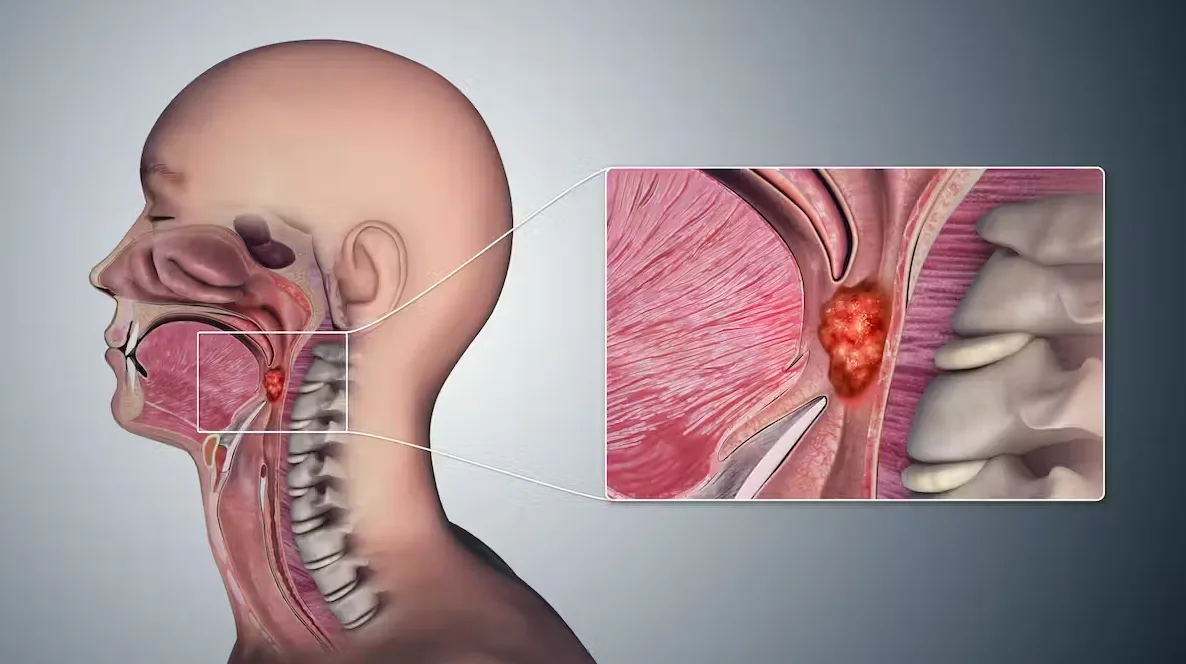NAIROBI, Kenya – For the first time in history, childhood obesity rates have surpassed underweight rates globally, signalling a dramatic shift in the global nutrition landscape that poses significant challenges for Kenya’s public health sector.
According to a new UNICEF report released this year, obesity among children aged 5-19 has nearly tripled from 3% in 2000 to 9.4% in 2022, while underweight prevalence in the same age group declined from 13% to 9.2%. The report, titled “Feeding Profit: How Food Environments Are Failing Children”, warns that this trend has reached every region except sub-Saharan Africa and South Asia, though Kenya shows concerning signs of following suit.
Kenya’s Growing Problem
While Kenya has historically grappled with undernutrition, particularly in rural areas and among children under five, emerging data reveals a troubling rise in childhood obesity rates, especially in urban centres.
In Nairobi County, recent studies of pre-adolescents aged 9-14 show elevated rates of overweight and obesity, with girls and children attending private schools showing higher prevalence. The disparity is particularly pronounced among middle-income households, where changing dietary patterns and lifestyle factors contribute to weight gain.
“We are seeing a clear shift in Kenya’s nutrition profile,” said Dr Sarah Mwangi, a paediatric nutritionist at Kenyatta National Hospital. “While we continue to address undernutrition in some communities, we now face the additional challenge of preventing and managing childhood obesity, particularly in urban areas.”
Current statistics paint a concerning picture. Among children under five, 4.1% are already overweight, attributed to rapid changes in feeding practices and dietary patterns. More alarmingly, projections from the World Obesity Atlas suggest that over one million Kenyan children aged 5-19 could be obese by 2030 if current trends continue unchecked.
The Health Implications
The shift from underweight to overweight carries serious long-term health consequences. Children with obesity face increased risks of developing type 2 diabetes, hypertension, high cholesterol, and liver problems at younger ages. These conditions, which once primarily affected adults, are increasingly being diagnosed in children and adolescents.
Beyond physical health, the psychological impact cannot be ignored. Overweight children often experience stigma, bullying, and social isolation, leading to reduced self-esteem and academic performance. The economic burden on Kenya’s health system is also expected to increase substantially as these children age and require chronic disease management.
Dr James Kiprotich, a public health specialist at the Ministry of Health, emphasised the complexity of the challenge. “We are dealing with what we call the double burden of malnutrition. In some areas, we still have children who are undernourished, while in others, particularly urban centres, we see rising rates of overweight and obesity. This requires a comprehensive, multi-faceted approach.”
Driving Factors Behind the Change
Several interconnected factors contribute to Kenya’s rising childhood obesity rates. The rapid urbanisation of the past two decades has fundamentally altered eating patterns, with traditional diets rich in vegetables, legumes, and whole grains being replaced by processed foods high in sugar, salt, and unhealthy fats.
The proliferation of fast food chains, corner shops selling packaged snacks, and sugary beverages has made unhealthy options more accessible and affordable than ever before. Simultaneously, children’s physical activity levels have declined as more time is spent on screens and less on outdoor play.
Socioeconomic factors also play a significant role. While obesity was once associated primarily with wealth, evidence shows it is now spreading across income levels, particularly in urban areas where processed foods are readily available and heavily marketed.
Policy Response and Recommendations
Health experts and policymakers are calling for immediate action to address the emerging crisis. Proposed interventions include stricter regulation of food advertising targeting children, improved food labelling requirements, and enhanced school meal standards.
“We need to create environments that support healthy choices,” said Dr Mary Njoroge from the Kenya Medical Research Institute. “This means not just educating families about nutrition but also ensuring that healthy foods are accessible and affordable while limiting the marketing of harmful products to children.”
The Ministry of Health has indicated plans to strengthen nutrition policies, including potential regulations on sugary drink advertising and improved monitoring of children’s growth and development through school health programmes.
Community-based interventions are also being expanded, with community health workers being trained to provide nutrition counselling and early screening for overweight and obesity. Schools are being encouraged to allocate more time for physical activity and to review their meal programmes.
Challenges Ahead
Implementing effective interventions faces several obstacles. Infrastructure limitations in rural areas make comprehensive monitoring and intervention difficult. Cultural perceptions that associate larger body size with health and prosperity in some communities may resist public health messaging.
Economic constraints also pose challenges, as healthy foods often cost more than processed alternatives, particularly for low-income families. The food and beverage industry’s resistance to regulation and taxation of unhealthy products adds another layer of complexity to policy implementation.
A Call for Action
Public health experts stress that addressing childhood obesity requires coordinated effort from government, schools, communities, and families. Parents and caregivers are encouraged to prioritize meals with vegetables, fruits, and local grains while limiting sugary drinks and processed snacks.
Schools are being urged to create supportive environments that promote physical activity and provide nutritious meal options. At the policy level, advocates call for comprehensive food environment reforms that make healthy choices the easier choices for families.
“The window for action is narrowing,” warned Dr Kiprotich. “If we don’t act decisively now, we risk creating a generation of children who will face preventable chronic diseases throughout their lives. The cost to individuals, families, and our health system will be enormous.”
As Kenya grapples with this emerging challenge, the focus remains on creating sustainable solutions that address both immediate needs and long-term prevention, ensuring that the country’s children can grow and thrive in environments that support their health and well-being.
Sources
- UNICEF. “Feeding Profit: How Food Environments Are Failing Children.” 2024.
- Global Nutrition Report. “Kenya Nutrition Profile.” 2023.
- PMC (PubMed Central). “Prevalence of overweight and obesity among pre-adolescents in Nairobi City County, Kenya.” 2023.
- Nation Africa. “World Obesity Atlas projections for Kenya.” 2023.
- Ministry of Health, Kenya. “National Nutrition Action Plan 2023-2027.”
- Kenya Medical Research Institute. “Childhood Obesity Prevention Guidelines.” 2024.













Leave a Reply